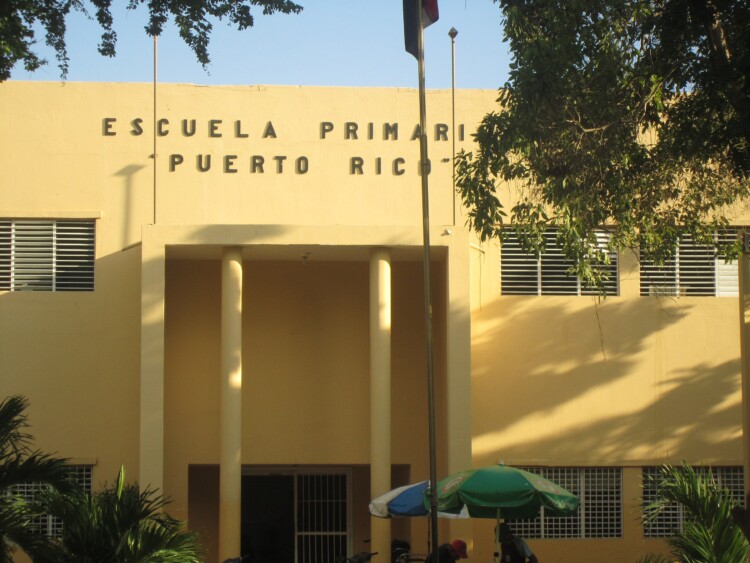When it comes to improving the use of research evidence, we talk a lot about forging connections between research, policy, and practice. We use metaphors like gaps and bridges, two-way streets, pushing and pulling. In this way, it is easy to understand the worlds of research and practice or policy as two distinct entities in constant interplay. But a third party also participates in this interplay, though it is too often overlooked in discussions of research use.
Funders shape what research is conducted on which questions. Funders can also support the infrastructure that is vital to engagement between policymakers and researchers. And while the grants funders make are public knowledge and have received attention in the literature, we know far less about how and why funders decide on what to support. What’s more, research on funders has generally focused only on a single policy sector, with little attention to cross-sector learning.
In a new article for Humanities and Social Science Communications, Angela Bednarek (The Pew Charitable Trusts), Kristy Faccer (University of Toronto), and I aim to address these gaps in the literature by articulating our organizations’ specific approaches to grantmaking, our shared priority for relational approaches to improving the usefulness and use of research evidence, and the progress we’ve made along the way, including the formation of a network of funders dedicated to sharing lessons learned across policy areas. Altogether, we share our personal experience supporting studies that investigate relational models for promoting research use and encouraging structural changes in academia that promote the production of more relevant and impactful research.





